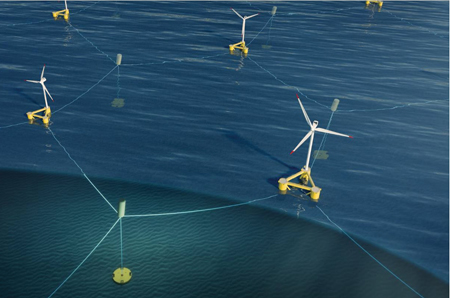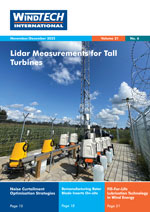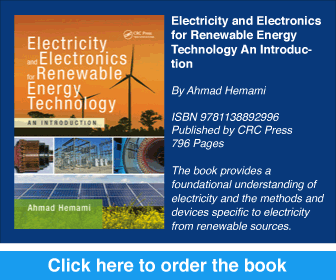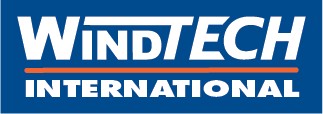Load Reduction and Anchor Sharing for Floating Wind Farms
 Honeymooring is a grid solution for sustainable planning of floating wind farms. It is cost-effective, environmentally friendly, and enables coexistence with other ocean users. This article describes the technical principles and components of the system and reflects on the developments needed to industrialise it.
Honeymooring is a grid solution for sustainable planning of floating wind farms. It is cost-effective, environmentally friendly, and enables coexistence with other ocean users. This article describes the technical principles and components of the system and reflects on the developments needed to industrialise it.
By Kasper Sandal, Engineering Specialist, Semar, Norway










